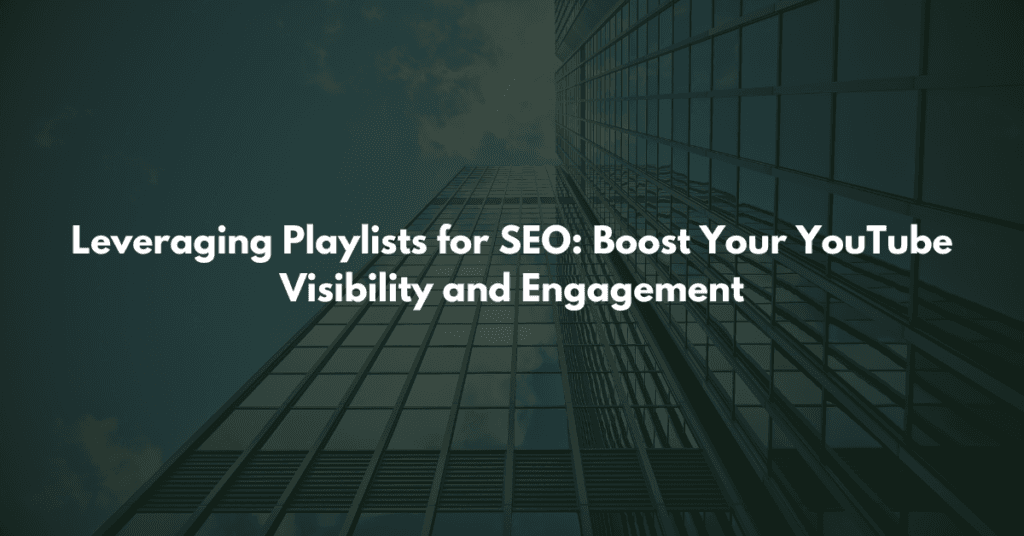In the competitive world of YouTube, understanding the ideal video length and posting frequency can make or break your channel’s growth. While engaging content is key, knowing how long your videos should be and how often to post them can significantly influence viewer retention and algorithm rankings. This guide explores how creators can find the perfect balance between video duration and upload consistency to maximize audience engagement and drive channel success.
Why Video Length and Frequency Matter for YouTube Success
Impact of Video Length on Viewer Retention
The length of your videos directly affects how long viewers stay engaged. YouTube prioritizes watch time and average view duration, so shorter videos may attract quick views, but longer videos have the potential to keep audiences engaged longer—provided the content remains valuable and entertaining.
For example, a 5-minute video might work better for quick tutorials, while an in-depth analysis or documentary-style content could benefit from a 20-minute runtime. Striking the right balance ensures that viewers stay until the end, signaling to YouTube’s algorithm that your content is worth recommending.
The Importance of Posting Consistency
Consistency in your upload schedule fosters trust and anticipation among your viewers. Subscribers who know when to expect new content are more likely to return regularly. This engagement not only builds a loyal audience base but also improves your visibility on YouTube as the algorithm rewards channels with regular uploads.
Ideal Video Length for Different Types of Content
Short-form Content: Quick and Impactful
Short videos, typically 3–5 minutes, are perfect for delivering concise information or bite-sized entertainment. These are especially popular in niches like fitness tips, beauty hacks, or quick recipes.
- Why it works: Easy to consume and share.
- Example: A quick “5 Tips for Better Sleep” video.
Long-form Content: Depth and Engagement
Longer videos, ranging from 10 to 30 minutes, are ideal for educational content, detailed tutorials, or storytelling. This format works well for creators in niches like tech reviews, personal development, and gaming.
- Why it works: Provides in-depth value and fosters a deeper connection with the audience.
- Example: A 20-minute video explaining “The Science of Productivity.”
Livestreams: Real-Time Interaction
Live videos, often between 30–90 minutes, are excellent for Q&A sessions, live events, or product launches. Livestreams engage your audience in real time, encouraging comments and fostering a sense of community.
Best Posting Schedules for Audience Engagement
Understanding Your Audience’s Habits
Every audience has unique viewing habits. Use YouTube Analytics to identify peak times when your audience is most active. For example, if most of your viewers are in the USA, scheduling uploads in the evening hours (EST) can increase your content’s visibility.
Consistency vs. Frequency
It’s not always about how often you post but how consistent you are. If you can only produce one high-quality video per week, stick to that schedule. Overloading your channel with daily uploads might compromise content quality, which could hurt long-term growth.
Experimenting with Timing
Start by testing different upload times and days to see what resonates best with your audience. After a few weeks, analyze the performance metrics to refine your posting schedule.
Tips to Find Your Channel’s Sweet Spot
- Experiment with Lengths: Test varying video durations to identify what works for your niche and audience.
- Balance Quality and Quantity: Avoid compromising video quality in the rush to maintain a high upload frequency.
- Leverage Feedback: Pay attention to comments and viewer retention graphs to understand how your audience responds to different lengths.
How YouTube’s Algorithm Responds to Length and Frequency
YouTube’s algorithm favors channels that encourage longer watch times and maintain consistent uploads. Here’s how:
- Longer Watch Time: Videos that keep viewers engaged for longer durations tend to rank higher in search results and recommendations.
- Regular Uploads: Posting frequently signals to YouTube that your channel is active, increasing your likelihood of appearing in suggested videos.
By combining optimal video lengths with a predictable schedule, you can maximize your chances of staying relevant in YouTube’s recommendations.
Conclusion
Optimizing your video length and frequency is essential for growing your YouTube channel. By understanding your audience’s preferences and aligning your content strategy accordingly, you can boost viewer retention, engagement, and algorithm performance. Experiment, analyze, and adjust to find the perfect formula that works for you. Remember, balancing video quality with a consistent posting schedule is key to long-term success.
FAQs
1. What’s the ideal video length for YouTube?
The ideal length depends on your niche and content type. Short videos (3–5 minutes) work well for quick tips, while longer videos (10–30 minutes) suit detailed tutorials or in-depth discussions.
2. How often should I post on YouTube?
Consistency matters more than frequency. If you can maintain quality, posting once a week is a good starting point.
3. Can shorter videos rank well on YouTube?
Yes, shorter videos can rank well, especially if they’re highly engaging and meet viewer expectations.
4. Does posting daily help grow a YouTube channel faster?
Daily uploads can boost growth if content quality remains high. However, focusing on quality over quantity is often more sustainable.
5. How do I find the best posting schedule for my channel?
Use YouTube Analytics to identify peak viewing times and experiment with different schedules to determine what works best for your audience.


